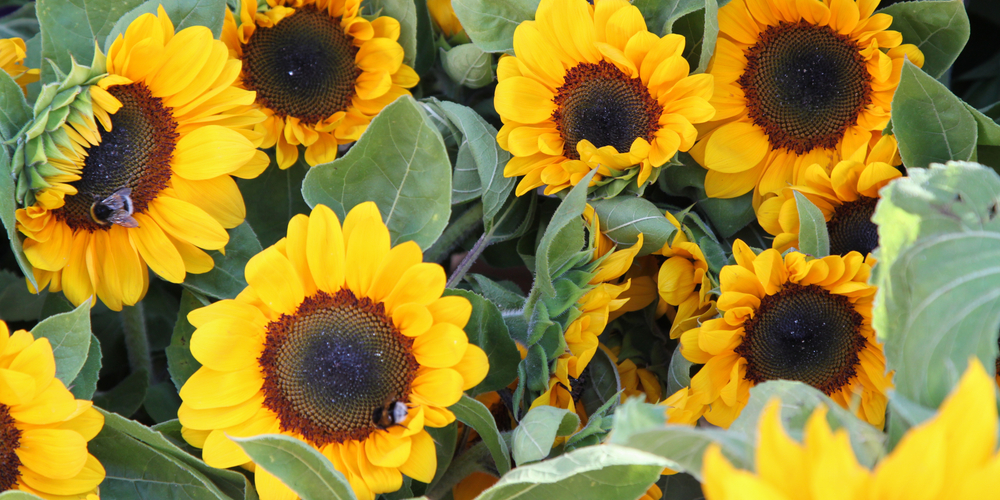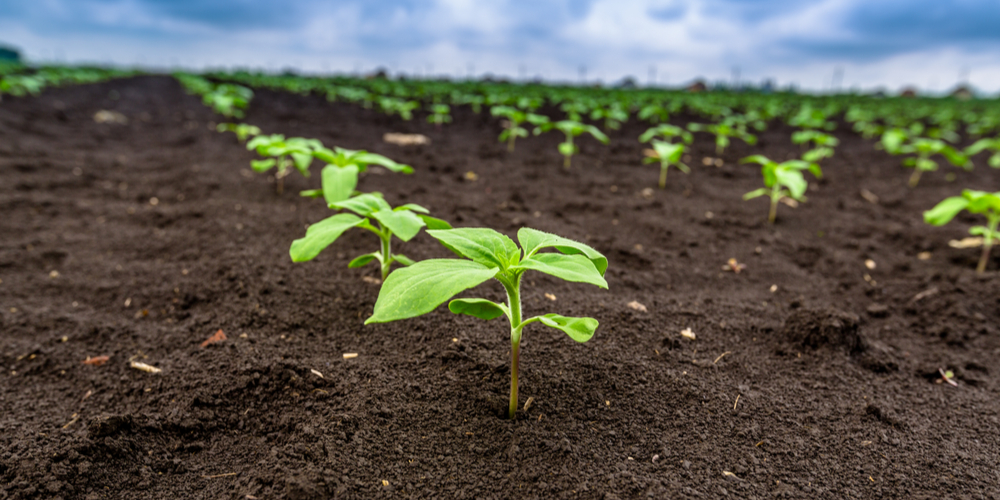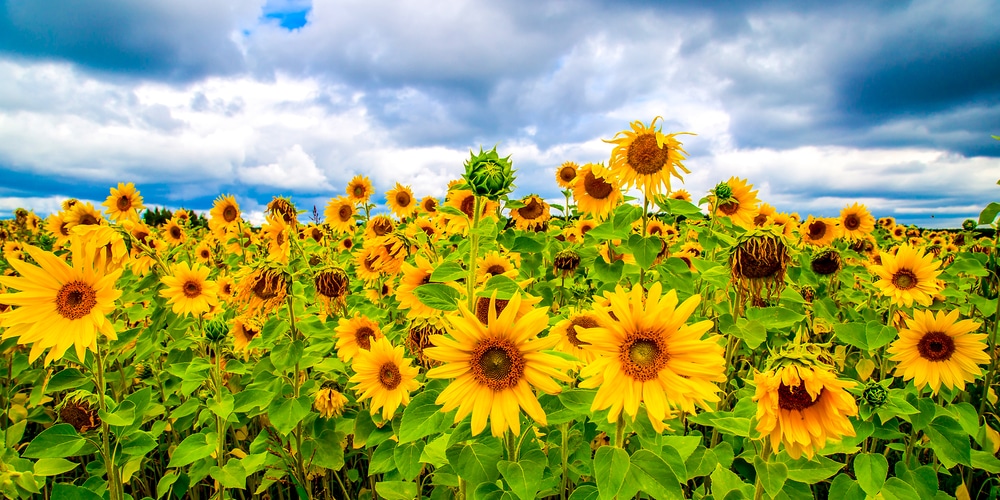Everyone knows sunflowers, they are a large daisy-like flower that is recognized for turning their flowers to follow the movement of the sun. They move from east to west and then return at night to face the east.
There are tons of varieties of sunflowers available today, so it would be wise to plant some sunflowers to improve the look of your garden. They are heat-tolerant, resistant to pests, and attractive to pollinators!

Sunflowers will be a magnificent acquisition for your garden, but instead of going for the traditional approach, why not plant them by yourself with some seeds? It proves to be extremely rewarding.
However, there is a problem, if you happen to live in a state like Washington where weather conditions and temperatures are known for being extremely unbalanced on certain dates, then everything could get more complicated.
That is why the next article focuses on explaining everything about when to plant sunflowers in Washington state, things such as climate zones and last frost time will be discussed as well.
When to Plant Sunflowers in Washington State:
1.- Washington’s Climate Zone:
Before even thinking of planting sunflowers in your garden, it would be wise to know everything about Washington’s climate zone to understand the reason why certain things happen.
In the USDA (United States Department of Agriculture), Washington can be found in a range between 6a (eastern region) to 9a (western region), meaning that you can expect to find unstable and unbalanced temperatures at certain times of the year.
Sunflowers require warmed soils to at least 50 degrees Fahrenheit, so it would be vital to avoid the danger of frost dates.
Washington’s state is also recognized for featuring a template Mediterranean climate, so it will feature hotter summers and wetter winters.
Compared to other states, planting in Washington might probe to be complicated if the gardener does not know anything about climate zones and last frost time.
The reason why it is important to avoid frost dates is for the simple fact that Washington features cold winters that can feature temperatures lower than 20 degrees Fahrenheit in the coastal regions.
But wait, it gets worse as it can go to temperatures lower than -30 degrees Fahrenheit in the western and central regions. There is no way in which sunflowers survive those conditions, so check the last frost time in Washington to avoid these issues during your gardening projects.
1.5.- Last Frost Time in Washington state:
Thanks to its unique climate zone, Washington features unique low temperatures on frost dates, so avoiding them will be your objective. Sadly, it is impossible to determine the exact date when the last frost time will appear, but there are approximations to increase the rates of success in your gardening projects.
Here is the last frost time (approximation) in the most popular Washington cities:
- Seattle: April 6th.
- Bellevue: March 20th.
- Vancouver: April 3rd.
- Tacoma: March 28th.
- Spokane: May 10th.
keep in mind that there might be times when nature does its thing and the last frost time might be earlier or late than the estimated, so do not overstress yourself as you can wait some weeks before/after everything arrives.
2.- Best Time to Plant Sunflowers in Washington:
It is important to know that sunflowers are warm-season crops, as the seeds can germinate (and eventually thrive) under these conditions. The best time to plant sunflowers is 18-24 days after the last frost time (which can vary depending on the city just as explained before).
However, while planting sunflowers after the frost time would be ideal, there will not be any problem at all if in your case, temperatures are warmer than usual as sunflowers can endure a little bit of cold once planted in the soil.
After verifying that the soils have warmed at least 50 degrees Fahrenheit, then you have to start sowing the sunflowers seeds directly into the garden.
It is vital to note that sunflowers’ roots are a little bit unique as you will not be able to transplant any single one of them without causing irreparable damage, it is better to just plant them directly in your garden.
The best way to sow the seeds is by planting everything 1 to 1-1/2 inches deep in the soil and 6 inches apart from each other. It is vital to give the plants enough space if you are using a low-growing variation of sunflower seeds.
3.- Recommendations for Planting Sunflowers at the Best Time:
Once you have your seeds prepared, the weather and climate checked and the last frost time was passed, then it will be finally the time to plant your sunflowers. However, while they are an “easy” project, it would be wise to follow certain recommendations that can enhance the final results.
Find the best sunny spot in your garden. It would not be entertaining to have sunflowers not doing their thing (following the sun) after they have grown.
Also, they will grow better in locations where direct sunlight can be guaranteed. But they do not require full sun all day! Just 6 to 8 hours of sunlight exposure per day and everything will be ready to go.
Well-drained soil is the best possible soil for these sunflowers as you will never want to have an excess of water in the roots of the plant.
Also, they are heavy feeders, so using a soli that is nutrient-rich with organic matter will be a must. Avoid planting them in areas with strong winds, as they could gradually damage the sunflowers.
You may also like: When to Plant Carrots in Washington State

